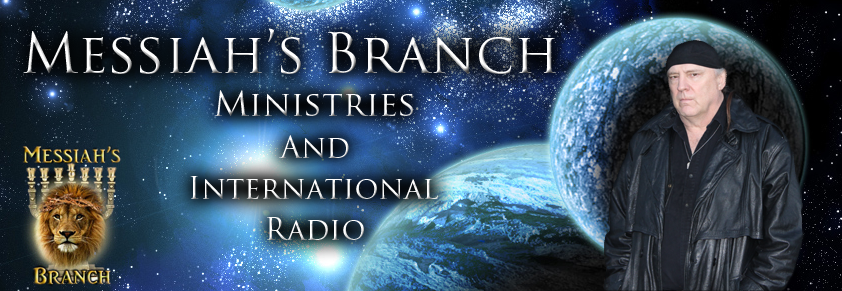Astrophysicists from the Hebrew University of Jerusalem published a new theoretical model they claim solves a mystery that has recently begun to puzzle scientists. The mystery arose when recent observations conducted using the JWST revealed a surprising excess of massive galaxies in the universe in the first half billion years after the Big Bang was theorized to have taken place.
“Already in the first half billion years, researchers identified galaxies that each contain about ten billion stars like our Sun,” said Professor Avishai Dekel. “This discovery surprised researchers who tried to identify plausible explanations for the puzzle, ranging from the possibility that the observational estimate of the number of stars in galaxies is exaggerated, to suggesting the need for critical changes in the standard cosmological model of the Big Bang.”
The Big Bang event is a physical theory for the origins of the universe describing how the universe expanded from an initial state of high density and temperature. Detailed measurements of the expansion rate of the universe place the Big Bang singularity at an estimated 13.787 billion years ago, which scientists consider to be the age of the universe.
According to the prevailing theory of galaxy formation, gravity causes gas scattered in the universe to collapse into the centers of giant spherical clouds of dark matter, where it becomes luminous stars, like the Sun. However, theory and observations to date have shown that the efficiency of star formation in galaxies is low, with only about 10 percent of the gas that falls into the clouds becoming stars.
“Most of the gas does not form stars because it heats up and even gets ejected outside galaxies due to winds and supernova explosions from the stars that manage to form first,” Dekel explained.
The inefficiency is caused by remaining gas heating up or being blown out of galaxies under the influence of winds and supernova explosions from the stars that manage to form first. This contradicts the recent observations that indicate vast amounts of stars being created in a short time frame.
According to the researchers’ proposed model, the special conditions that prevailed in the primordial galaxies, a period known as the Epoch of Reionization, was characterized by high density combined with a low concentration of heavy elements, allowed the formation of stars with high efficiency in a process termed “feedback-free starburst” (FFB). This allowed all the gas to efficiently turn into stars without disturbance from stellar winds or supernova explosions. This phenomenon occurred naturally only during the early period, less than 600 million years after the Big Bang, and was limited to galaxies with more than 10 billion solar masses.
These early stars were almost entirely composed of hydrogen, which was slowly fused in their interiors to create heavier elements (metals) for later, secondary stars. More recent stellar populations have had a higher metal content
Dr. Gerald Schroeder, a scientist with over thirty years of experience in research and teaching, explained, “First-generation stars have hydrogen and helium, and then they start making some heavy elements.
“It’s harder to make the heavier elements.”
He stated that second and third-generation stars were formed by recycling the heavier elements created in the simpler first-generation stars that had already self-destructed by going nova.
Dr. Schroeder suggested that this process of creation and destruction followed by recreation was described in the Midrash (Bereshit Rabbah 3:7) when describing the creation of the sun and moon on the fourth day.
“Rabbi Judah bar Simon said: it does not say, ‘It was evening,’ but ‘And it was evening.’ Hence we derive that there was a time system prior to this. Rabbi Abbahu said: This teaches us that God created worlds and destroyed them, saying, ‘This one pleases me; those did not please me.’ Rabbi Pinhas said, “Rabbi Abbahu derives this from the verse, ‘And God saw all that He had made, and behold it was very good,’ as if to say, ‘This one pleases me, those others did not please me’.”
This process was hinted at by Isaiah.
For behold! I am creating A new heaven and a new earth; The former things shall not be remembered, They shall never come to mind. Isaiah 65:17
“We have discovered that all signs suggest a universe that could and plausibly did arise from a deeper nothing—involving the absence of space itself and—which may one day return to nothing via processes that may not only be comprehensible but also processes that do not require any external control or direction.”
“Secular scientists theorize about the origins of the universe as something from nothing and believe that is what the Bible is trying and failing to describe,” Dr. Schroeder explained to Israel365 News. “The Big Bang theory is describing the scientific process of something from nothing….physical. The Bible is describing that all creation came from nothing physical. But it did come from something spiritual; God.”
The study was published in the peer-reviewed journal, Monthly Notices of the Royal Astronomical Society. The research team from the Racah Institute of Physics at the Hebrew University was led by Professor Avishai Dekel with Dr. Kartick Sarkar, Professor Yuval Birnboim, Dr. Nir Mandelker, and Dr. Zhaozhou Li.
